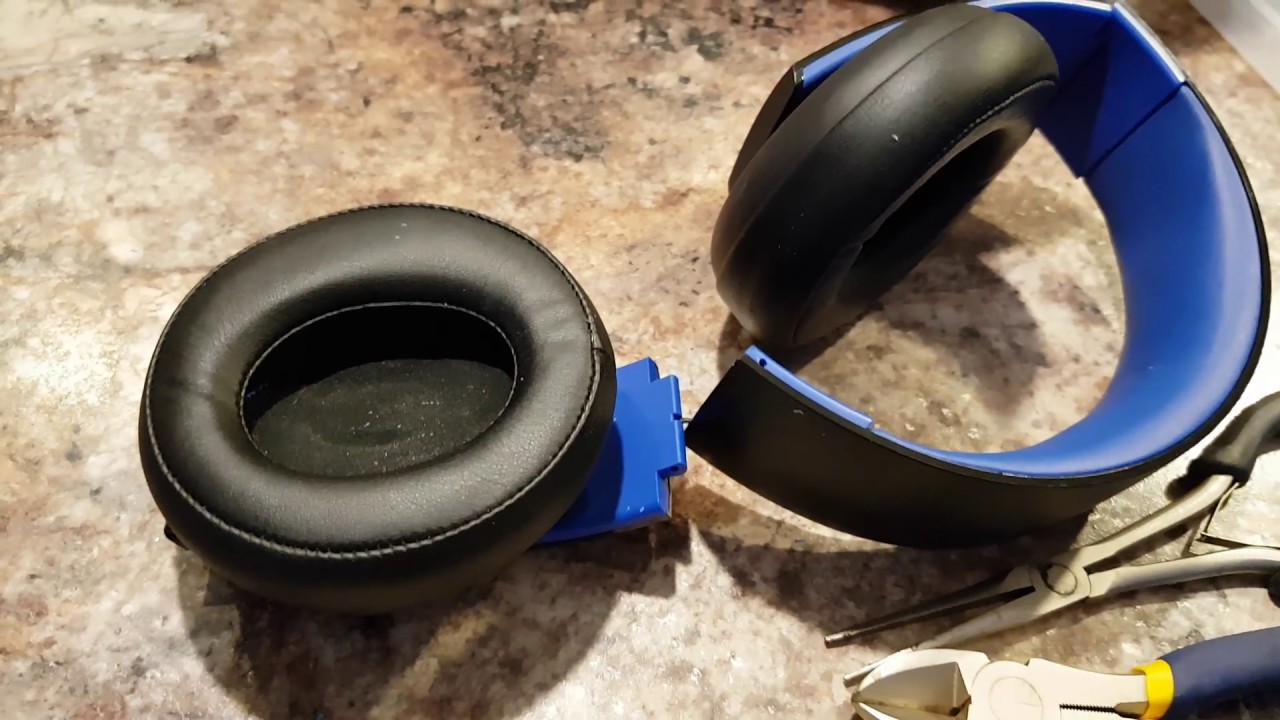However, like any electronic equipment, PS4 headsets are not immune to technical glitches and operational hiccups.
Let’s dive into the world of gaming audio and unravel the mysteries behind resolving headset-related dilemmas.
Troubleshooting Steps:
Check Audio configs: Begin by verifying the audio configs on your PS4 console.

Ensure that the input and output devices are correctly configured for your headset.
Additionally, confirm that the volume levels are adjusted appropriately.
Physical Connection: Inspect the physical connection between the headset and the PS4 controller.
Ensure that the headset’s audio cable is securely plugged into the controller’s audio jack.
If using awireless headset, verify that the wireless receiver is properly connected to the console.
Headset Power: If you’re using a wireless headset, check the battery level.
Low battery power can lead to audio disruptions.
Charge the headset if necessary, and ensure that it is powered on.
Audio Cable Integrity: For wired headsets, examine the audio cable for any signs of damage or wear.
A frayed or damaged cable can result in audio issues.
If detected, consider replacing the cable with a new one.
System Software Update: Ensure that your PS4 system software is up to date.
Periodic updates can include fixes for audio-related bugs and compatibility issues.
Headset Compatibility: Verify that your headset is compatible with the PS4.
Some third-party or older headset models may encounter compatibility issues, leading to audio disruptions.
Microphone Mute Switch: Begin by checking the mute switch or button on your headset.
It’s not uncommon for accidental activation of the mute feature to render the microphone non-operational.
Ensure that the mute function is disabled, allowing your voice to be transmitted effectively.
Physical Inspection: Examine the physical condition of the microphone boom and its connection to the headset.
Look for any signs of damage, such as a bent or broken microphone arm.
Select “Audio Devices” and verify that the microphone volume levels are appropriately configured.
Adjust the microphone sensitivity to ensure optimal performance during voice transmission.
System Software Update: Check for system software updates for your PS4 console.
Microphone Compatibility: Confirm that your headset’s microphone is compatible with the PS4.
Some third-party or older headset models may encounter compatibility issues, leading to microphone malfunctions.
Refer to the headset’s documentation or the manufacturer’s website for compatibility information.
Navigate to the “configs” menu, select “Devices,” and choose “Audio Devices.”
This can help isolate the source of the problem and guide your troubleshooting efforts effectively.
Wireless Interference: Assess the environment where you typically use your PS4 headset.
Relocate the console or minimize the proximity of potential interference sources to mitigate connectivity disruptions.
dive into the PS4’s Bluetooth parameters and verify that the headset is paired and recognized by the console.
Re-pair the devices if necessary to establish a stable connection.
Firmware Updates: Check for firmware updates for your wireless headset.
Manufacturers often release firmware updates to enhance connectivity stability and address compatibility issues.
Position the console and the wireless adapter in an unobstructed location for improved signal reception.
Wired Connection Verification: For wired headsets, inspect the integrity of the audio cable and the connection ports.
A loose or damaged cable can result in intermittent connectivity problems.
Adjust the equalizer presets or customize the sound profile to optimize the audio output according to your preferences.
Headset Positioning: Pay attention to the positioning of your headset and the distance from your ears.
Ensure that the ear cups are correctly aligned with your ears, forming a snug and sealed fit.
Driver and Software Updates: Check for driver updates or dedicated software for your specific headset model.
Manufacturers often release updates to improve audio performance, address sound quality issues, and introduce new features.
Low-quality audio files or streaming sources can impact the overall sound quality, leading to diminished audio fidelity.
Opt for high-quality audio sources and game tweaks to maximize the potential of your headset’s audio capabilities.
Environmental Considerations: Evaluate the ambient environment where you typically use your PS4 headset.
Minimize background noise and distractions that can impede the clarity of audio reproduction.
Ear Cushion Inspection: Examine the condition of the ear cushions on your headset.
Over time, ear cushions can degrade or lose their shape, leading to discomfort during prolonged use.
Headset Weight Distribution: Evaluate the weight distribution of your headset.
Heavier headsets can exert pressure on the head and ears, leading to discomfort during extended gaming sessions.
If your headset feels excessively heavy, consider exploring lighter headset models that prioritize comfort without compromising audio quality.
Customizable Fit Options: Explore headsets with customizable fit options, such as adjustable headbands and swivel ear cups.
Ergonomically designed headsets prioritize user comfort, minimizing strain and fatigue during prolonged use.